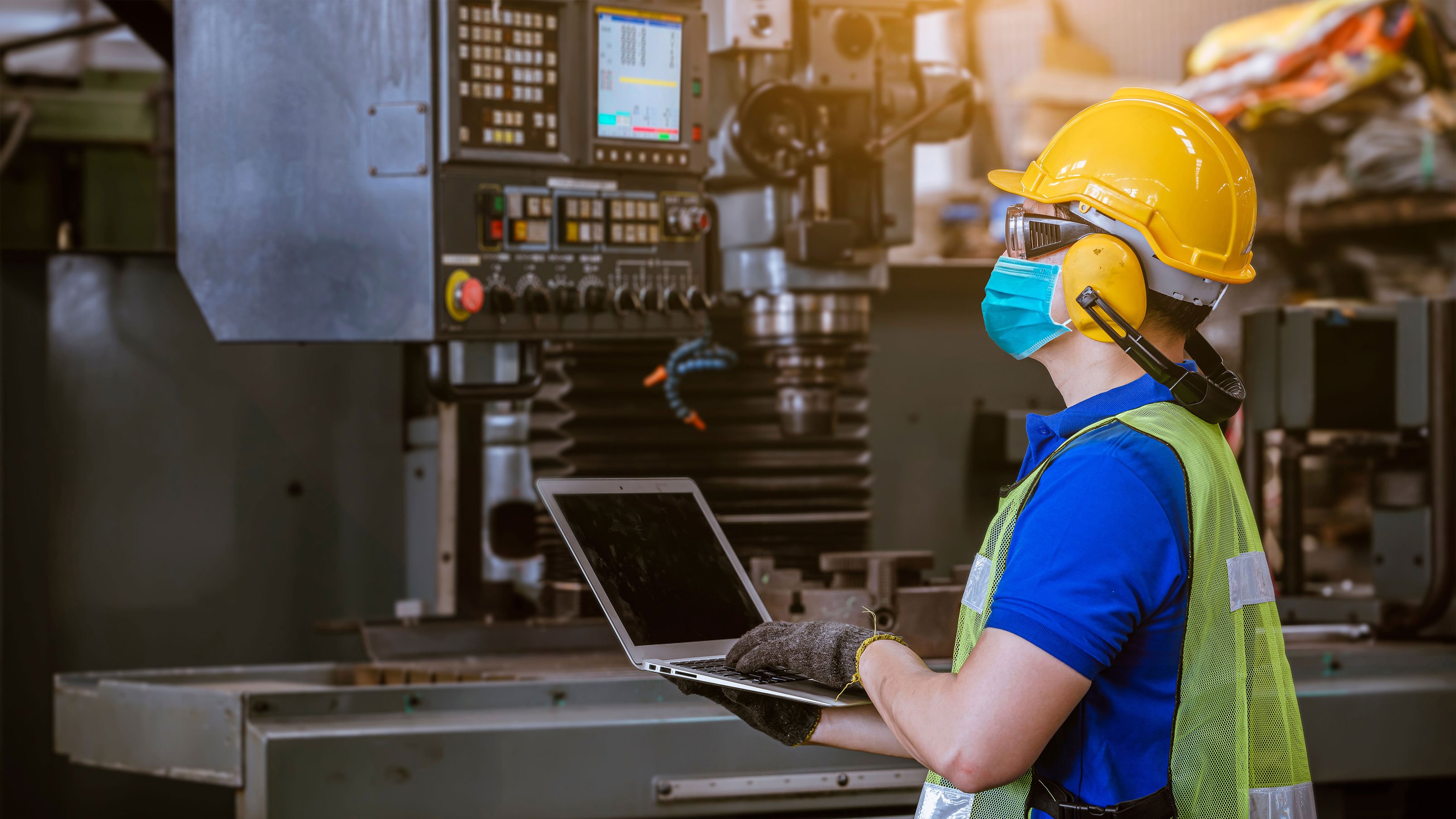Furthermore, smart manufacturing ranks as the top area of focus for manufacturers worldwide when it comes to next-gen investments – more than 30% are placing it as a key priority for the year, and a similar share for the next 24 months.
In fact, as plants are now seen as supply-chain bottlenecks, they are becoming the primary targets for new investments. Companies realise that business process reinvention and business model transformation must be enabled by solid factory capabilities and a “back to basics” attitude that sees the factory as a key contributor to companies’ value proposition.
It is also very telling that manufacturing execution systems rank just after smart manufacturing in terms of investment priority. While not a new technology, these systems are still as relevant as ever being now evidently seen as the key enabler for business process improvement and the ideal complement to IIoT and smart factories investments.
Leading the Next Normal
And here we are getting to a conclusion that has already been confirmed in our previous research on the behavior of manufacturing companies at the global level. Given that we expect a significant slowdown in the economy, now is the best time to start thinking about what to do differently in the future.
Traditional cost-saving approaches are only effective to a certain extent and will certainly not bring anything miraculously new. It will allow the company to survive at best but will stop much-needed investment and new process improvement in the future. The winners in the “next normal”, will be those who can build a competitive advantage on their flexibility.
To learn more about moving from crisis to recovery, take a look at the IDC advice, and find out how you can build business resilience and enable agility within your organisation.




